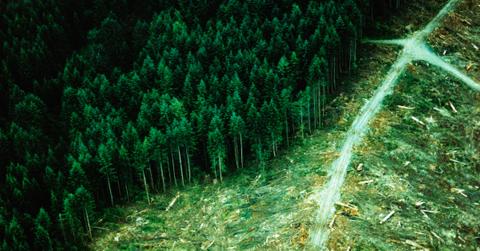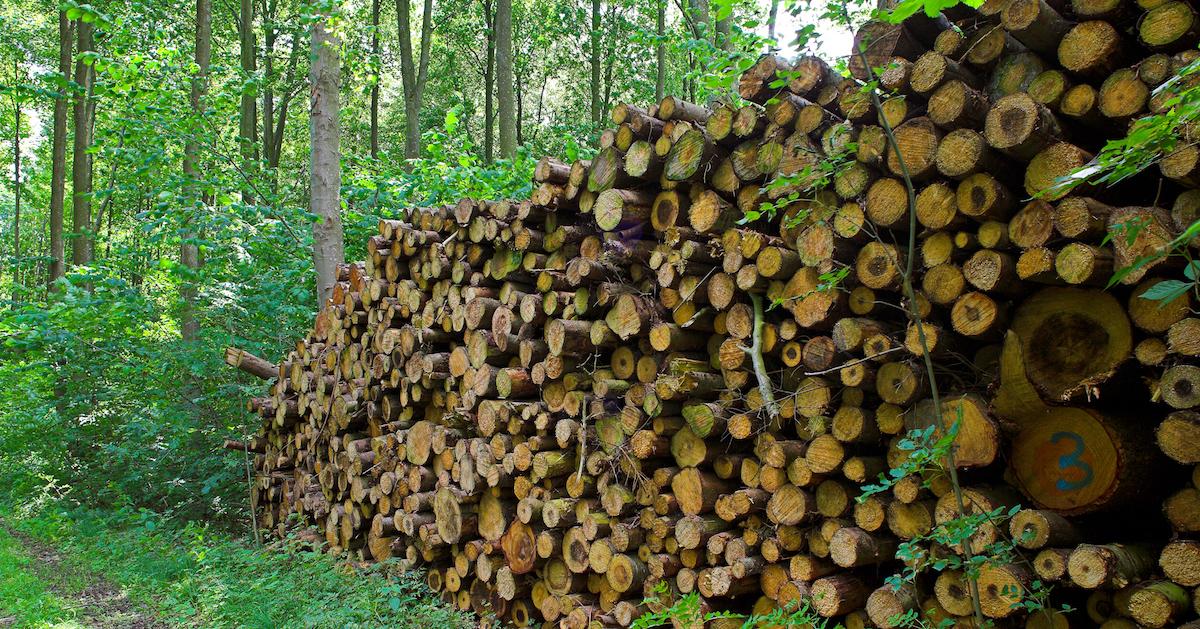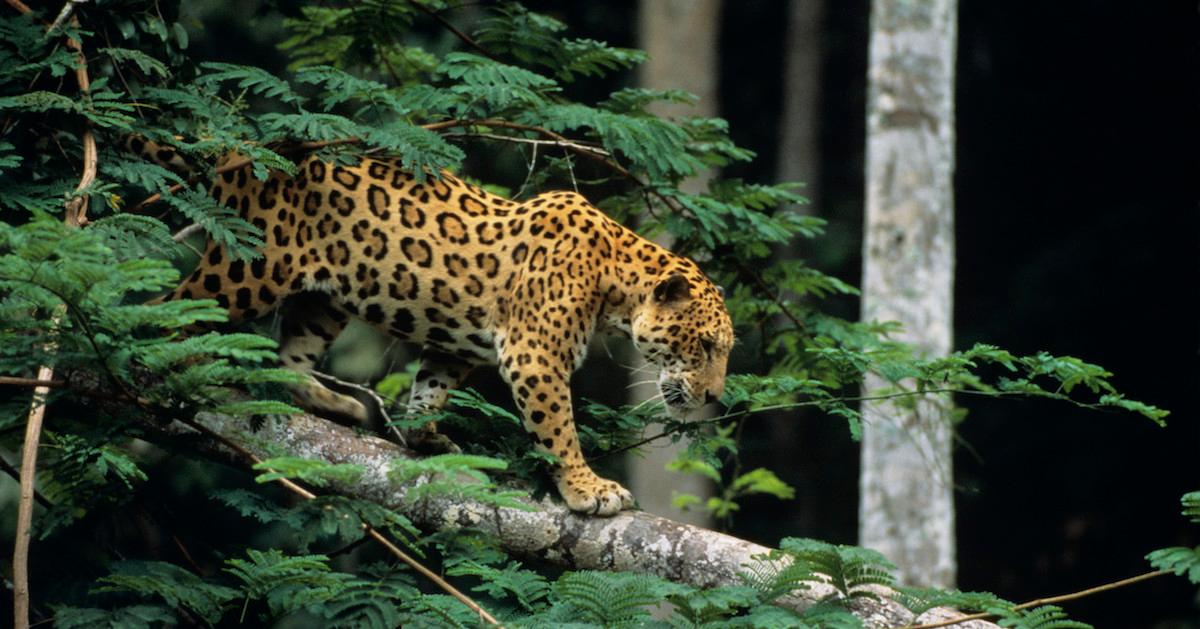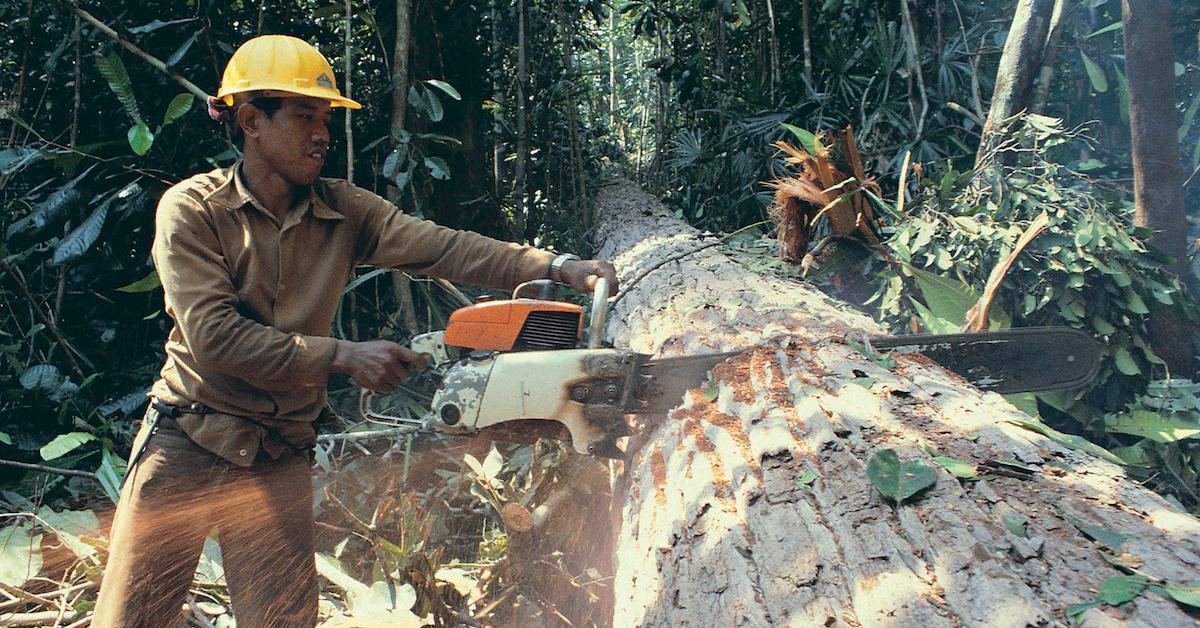What Is Sustainable Forestry? Behind the Term That Sounds Like an Oxymoron
Updated Jan. 27 2021, 12:27 p.m. ET

Forests are an essential piece of life on this planet, and sadly, they are in danger. Deforestation is one of the most ecologically devastating problems in the world today — according to Ran.org, between 3.5 and 7 billion trees are cut down a year. Strangely, the key to mitigating this substantial tree loss might actually be to regulate deforestation, but is this so-called sustainable forestry viable, or is it just another attempt to legitimize a destructive process?

What is deforestation?
Deforestation is caused by everything from agriculture, urbanization, or wood extraction, which results in climate change, soil erosion, and mass extinction. Trees absorb carbon dioxide, store excess carbon, and produce life-giving oxygen, and yet we mow them down by the billions to cull their lumber and make room for homes, farms, and cash crop tree plantations. For the purposes of explaining sustainable forestry, however, the focus shall be on logging.
What is sustainable forestry?
Sustainable forestry involves forestry practices that supposedly mimic the patterns of disturbance and regeneration that occur in nature. Its purpose is to meet the needs of the environment, wildlife, and forest communities while preserving forests for the future. And if the myriad explanations for sustainable forestry are to be believed, the concept is more about balance than anything else. The term “sustainable forestry” sounds like an oxymoron, so how can something like logging ever be considered sustainable?

When was the term sustainable forestry first used?
According to the U.S. Forest Service, sustainable forestry first came about after the publication of the 2003 Sustainability Report. In this case, sustainability refers to three specific arenas known as the “triple bottom line.” These arenas are the environment, society, and economy. All three need to be in balance for sustainability to be achieved. This is a difficult task, especially when it comes to deforestation.
And although, lumber and farmland are both needed for the economy and society to prosper, tearing down trees to meet these requirements robs the environment of many precious resources. Since trees do provide so many other benefits to the environment, that original distinction from the triple bottom line becomes even more muddled. So how can this concept of sustainable forestry really be put into place?

How does sustainable forestry work?
At least on paper, sustainable forestry is about balance. It works by recognizing humanity’s need for forest-based resources and economic requirements with the long-term survivability of the forests and the environment at large. The process is fairly cut and dry. Surveyors and forest managers survey the land and determine what and how much of the forest can be harvested. This is achieved by pruning timber or felling older, larger trees to promote diversity of growth.
New trees must then be planted and new growth must be allowed to occur before that area of a forest is touched again. If the plans and training and laws are put into place, it might be possible. Unfortunately, the x-factor for any environmental enterprise is always going to be cultural acceptance. We all agree that recycling works, at least in part, so it has become accepted by our society.
Unfortunately, we cannot deny that there are holes in the process and in the legislation that prevents it from being done the right way. Sustainable forestry seems very similar in that way. It may be something everyone wants and many want to be a part of, but there will always be people who care more about their profits than their planet — just as there are people who are content to just throw that plastic water bottle in the trash instead of recycling it.

Is there such a thing as sustainable forestry?
Because of deforestation and climate change, any decisions made regarding sustainable forestry will involve a dialog that involves a broader set of interests. At the same time, policy, and any subsequent solutions regarding the regulation and balance of these factors will be more difficult to determine. In this way, it feels as though sustainable forestry is little more than a fancy phrase to describe the federal government’s pipe-dream solution to global deforestation.
Developing implementable and truly sustainable solutions is incredibly complex, and finding a "balanced" way of doing things is incredibly difficult. In reality, the closest thing we have to a working example of sustainable forestry might be Christmas trees. Which are grown, cut down, and regrown each year — albeit for a single purpose. To be fair though, those trees have more in common with seasonal pumpkins than they do rainforests.